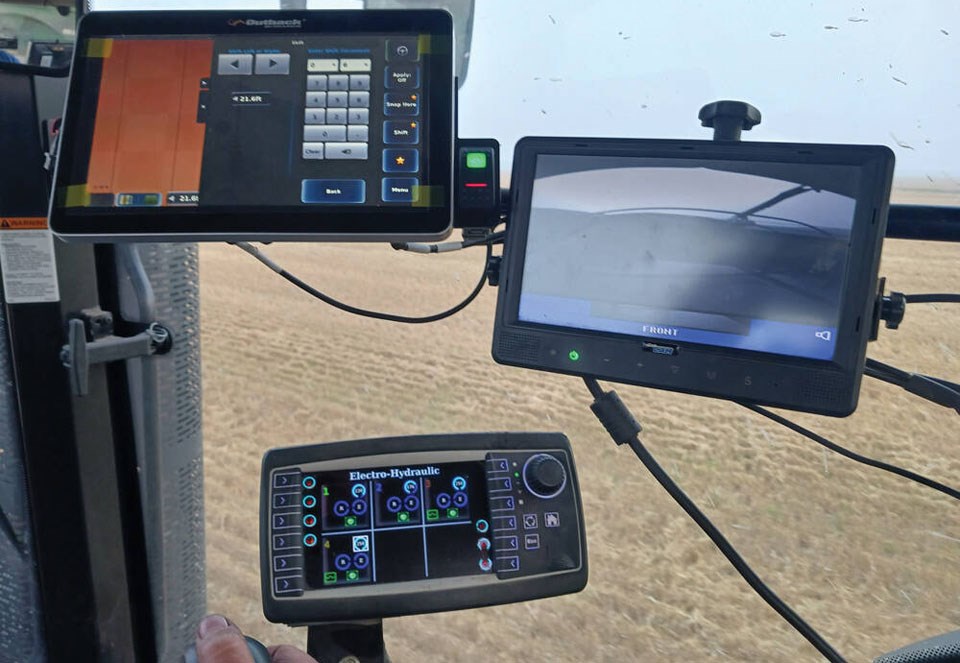WESTERN PRODUCER — I was recently curious enough to test drive Root AI, the new online assistant Farm Credit Canada rolled out in early July.
I got mixed results.
The free tool was built by the Crown agency and country’s largest farm lender as part of its $2-billion commitment to grow initiatives to support innovation in Canadian agriculture. FCC has partnered with Alberta research non-profit RDAR to further develop Root AI.
Root “translates decades of research, field experience and proven practices into practical, timely advice producers can use immediately,” an FCC announcement said earlier in July.
Root is designed to help farmers build personalized business plans, track weather predictions, identify photos of crop threats or equipment parts, troubleshoot machinery issues, learn about grants and programs and stay up to date on interest rates and commodity prices.
FCC says 91 per cent of its users so far report receiving helpful results, based on more than 2,900 conversations.
“Can we prove that this sort of technology can work in agriculture? I think the answer is clearly yes, based on a lot of the responses we’ve gotten,” said Mohamad Yaghi, vice-president of FCC’s Innovation Hub. “We’re trying to open the market up for other players to come into as well, whether public or private.”
“But this is the start of the journey,” he said.
The more partners, he noted, the better.
Root’s advantage, in Yaghi’s view, is that it focuses on agriculture in a Canadian and regional context. It’s driven by Canadian data. The hope is that it will shorten the time it takes for farmers to access relevant information.
“I think this could be a key competitive advantage for the country, especially when it comes for accessible artificial intelligence producers, where they feel comfortable interacting with it, because we’re not storing data,” he said.
Those are lofty goals. Can the platform deliver on them? Maybe.
“How do I control multiple-resistant kochia in my fields?” I asked it.
To be fair, there are no easy answers on that question.
Root said I could burn it. That would make for one heck of a fire. It suggested hand-pulling. That would take a while. It suggested planting competitive crops to choke it out. It recommended herbicides, provided they are effective — which was the whole challenge I wanted to address. Finally, it referred me to a federal fact sheet about Palmer amaranth, also an invasive weed, but unrelated.
Root was more useful when I asked about the proper fungicide timing for fusarium head blight. I asked if it would rain in Carman within the next 48 hours and was told to check my local forecast.
“What is the price of wheat today?” I typed, realizing immediately that I wasn’t specific enough, given the multiple classes and grades of what Canadian farmers grow. The answer was equally non-specific: “$543.”
When I specified that I was looking for the price of Canadian Western Red Spring Wheat, it quoted Minneapolis prices, presumably in U.S. dollars. It didn’t have an answer for durum.
Then I asked a question I had an inkling would stump it. I was right.
“Is the cost of the farmer’s quota included in the price of milk consumers pay at the grocery store?” I asked.
Root responded yes, with a lengthy, very believable explanation of how farm costs of production are used to calculate consumer milk prices under supply management.
Except quota purchases are not part of those calculations. “Quota acquisition costs are considered capital investments, not operational expenses. As such, they are excluded from the COP calculation used in the National Pricing Formula (NPF), which determines adjustments to producer revenues,” the Canadian Dairy Commission says.
So, Root is not there yet. However, we can’t afford to discount emerging technologies.
Yaghi wants people to test Root. The more it gets used, the better it will get. But users must also be prepared to fact-check answers. It’s also important to remember that, while AI assistants can be remarkably effective at curating and re-distributing data, they are only as good as the sources they draw upon.
They can’t replace continuing investment in research and extension. Without that, knowledge won’t be advanced, it will be frozen in time.
About the author
Related Coverage
Ag equipment brands ink deals with Starlink for machine connectivity
VIDEO: PhiBer drone carrier wins ag tech innovation award
Supply management schism still dividing agriculture
Farming still has digital walls to scale
Precision pig feeding lowers farm cost, greenhouse gas emissions




